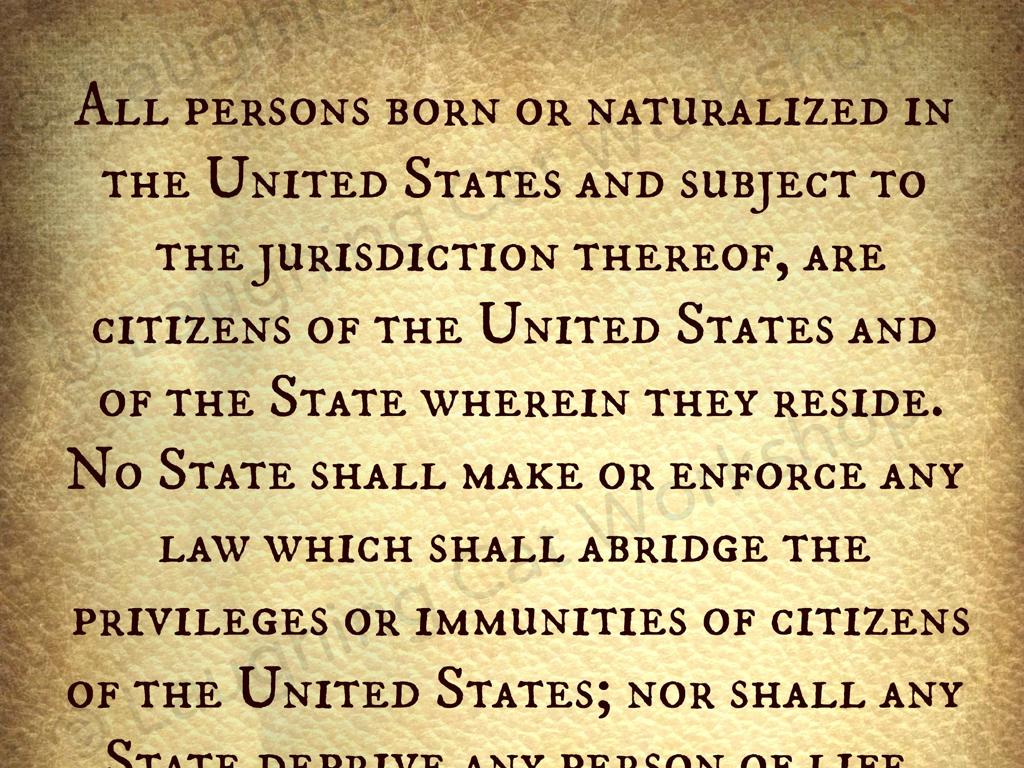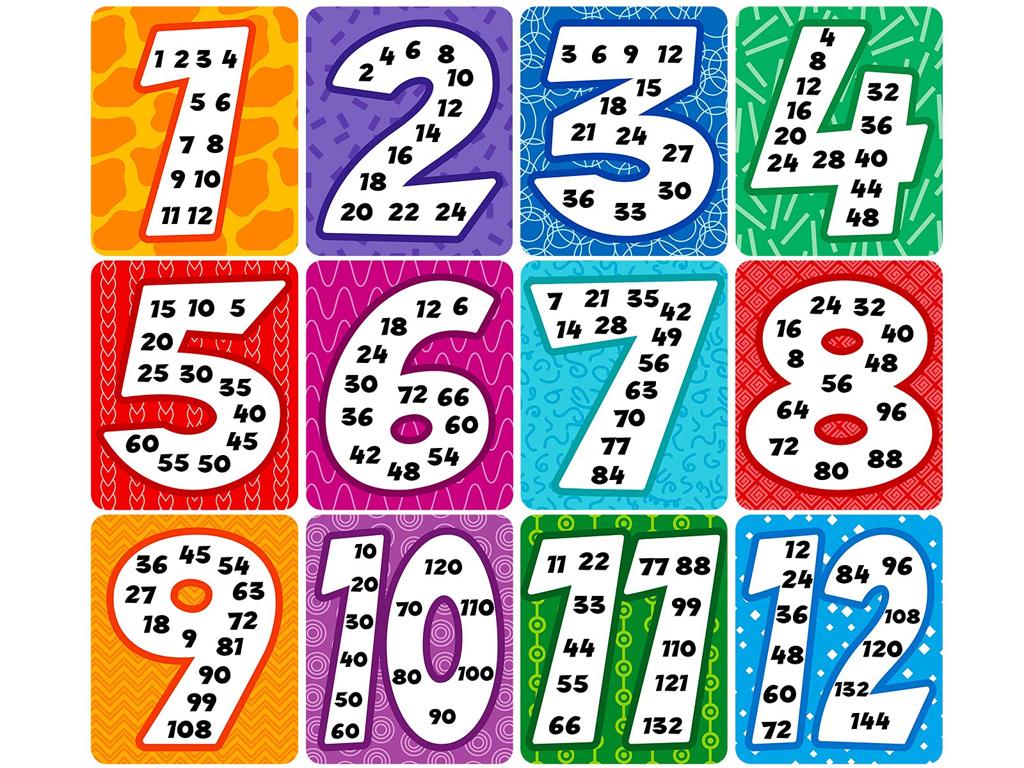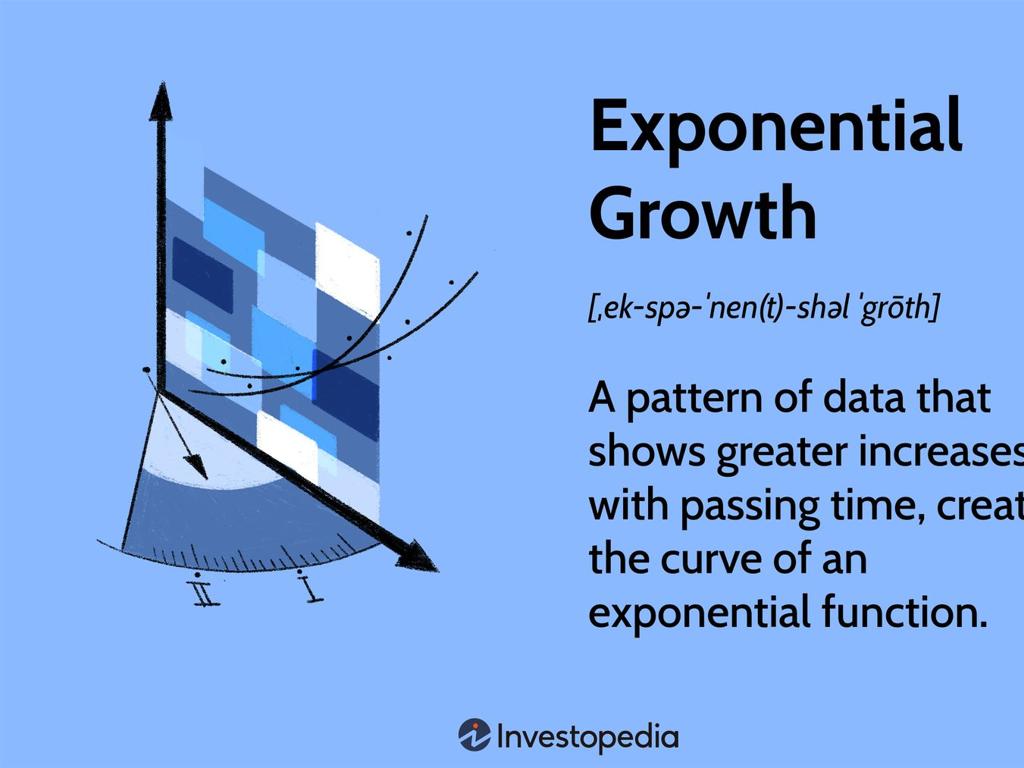Compare Information From Two Texts
Subject: Language arts
Grade: Seventh grade
Topic: Comparing Texts
Please LOG IN to download the presentation. Access is available to registered users only.
View More Content
Welcome to Comparing Texts!
– Learn to compare different sources
– Understand the value of comparing texts
– Comparing texts helps recognize biases, gain a deeper understanding, and develop critical thinking.
– Discover today’s lesson objectives
– We will identify key themes, evaluate arguments, and synthesize information from various texts.
– Engage in comparative analysis
|
This slide introduces the concept of comparing texts, an essential skill in language arts that enables students to analyze and synthesize information from multiple sources. Emphasize the importance of this skill for critical thinking, understanding different perspectives, and recognizing biases. Today’s objectives will guide students to identify and evaluate key points, themes, and arguments across texts. Encourage active participation and critical discussion as students learn to engage with texts on a deeper level. Provide examples of how these skills apply to real-world scenarios, such as comparing news articles on the same event from different publications.
Comparing Texts: A Critical Skill
– Defining ‘Comparing Texts’
– Examining similarities and differences in content, style, or theme.
– Reasons to compare texts
– To gain a deeper understanding, to contrast viewpoints, or to analyze themes.
– Examples of text comparison
– Comparing news articles, literary works, or historical documents.
– Benefits of comparing texts
– Enhances critical thinking and analytical skills.
|
This slide introduces the concept of comparing texts, which is an essential skill in language arts. It involves analyzing two or more texts to identify similarities and differences in various aspects such as themes, styles, or the authors’ perspectives. The reasons for comparing texts include understanding diverse viewpoints, deepening comprehension, and engaging in critical analysis. Provide examples such as comparing different news sources on the same event, contrasting poems with a common theme, or examining historical accounts from different perspectives. Emphasize how this skill can improve students’ critical thinking and analytical abilities, preparing them for more advanced studies and informed citizenship.
Key Elements in Text Comparison
– Compare themes and settings
– Look for overarching topics and where the story takes place
– Analyze characters and events
– Examine the roles and actions of individuals in the stories
– Understand author’s purpose
– What is the author trying to convey or accomplish?
– Distinguish fact from opinion
– Identify statements that can be proven true versus personal beliefs
|
When comparing texts, students should focus on identifying and contrasting the themes, settings, characters, and events of each text. Understanding the author’s purpose and perspective is crucial as it influences the way information is presented. Students should also be able to differentiate between factual information and opinions expressed by the authors. Encourage students to use evidence from the texts to support their comparisons and to consider how different elements interact to shape the reader’s understanding. Provide examples of texts with clear thematic and character contrasts, and discuss how an author’s purpose can vary, such as to inform, entertain, or persuade. Highlight the importance of recognizing opinion, especially when it is presented alongside facts.
Identifying Similarities Between Texts
– Use a Venn diagram to compare
– A Venn diagram helps visualize overlapping qualities of two texts.
– Find common themes or arguments
– Themes like friendship or courage; arguments that support a similar point.
– Look for shared characters/settings
– Characters with similar roles or traits; settings that set a comparable tone.
– Analyze similarities in detail
|
When comparing two texts, it’s crucial to identify areas of similarity that can lead to a deeper understanding of the material. A Venn diagram is an effective tool for organizing these similarities visually. Encourage students to look beyond the surface and consider underlying themes and arguments that may be common between the texts. Shared characters or settings can also provide a basis for comparison. This slide will guide students to analyze texts critically and draw connections, enhancing their comprehension and analytical skills. In the next class, we can have students work in pairs to compare two short texts using these strategies.
Identifying Differences Between Texts
– Analyze points of view
– Consider how each author presents their narrative or argument.
– Contrast writing styles
– Observe the tone, vocabulary, and sentence structure used by each author.
– Discuss unique themes
– Identify central ideas or messages that are distinct in each text.
– Highlight different events
– Note any key events that occur in one text but not the other.
|
This slide aims to guide students on how to critically compare two texts. Start by analyzing the points of view; this could be first person versus third person, or differing perspectives on the same topic. Next, contrast the authors’ writing styles by examining their tone, word choice, and sentence construction. Discuss the unique themes or central ideas that each text may present, and how they contribute to the overall message. Lastly, highlight any events that are specific to one text to understand how they drive the narrative or argument. Encourage students to take notes on these aspects while reading and to use direct quotes to support their comparisons in class discussions.
Practice Activity: Comparing News Articles
– Read two articles on the same event
– Find similarities and differences
– Look for the who, what, when, where, why, and how in both articles
– Discuss findings with a partner
– Share and compare your lists of similarities and differences
– Reflect on the comparison process
– Think about how each article presents the event and why they might differ
|
This activity is designed to enhance students’ critical reading skills by comparing and contrasting two news articles about the same event. Students should focus on key journalistic questions to identify similarities and differences in content, tone, and perspective. Encourage them to discuss their findings with a partner to gain insight into how different sources can present the same information in varied ways. This will help them understand the importance of considering multiple sources when forming an opinion. Provide guidance on how to approach the reading and comparison, and suggest they take notes while reading to help with the discussion. After the activity, lead a class discussion to reflect on what they learned from the comparison.
Group Discussion: Perspectives in Texts
– Discuss class perspectives
– Effects on understanding
– How do varying views shape our interpretation?
– Reasons for authors’ choices
– Consider the authors’ backgrounds and purposes
– Share insights with the class
|
This slide prompts a group discussion aimed at exploring different perspectives presented in two texts. Students should consider how these perspectives influence their understanding of the topics. Encourage them to think critically about why authors might present information differently, such as their cultural background, the purpose of their writing, or the intended audience. This activity will help students appreciate the nuances in interpreting texts and recognize the importance of context. As a teacher, facilitate the discussion by providing examples and guiding questions, and ensure that each student has the opportunity to contribute their thoughts. After the discussion, ask students to share their insights with the class to foster a collaborative learning environment.
Class Activity: Text Comparison with Venn Diagrams
– Select two provided short texts
– Create a Venn diagram to compare
– Use circles to represent each text, overlap shows similarities
– Note similarities and differences
– Look for themes, characters, settings, or events that are alike and different
– Get ready to present your findings
|
This activity is designed to enhance students’ analytical skills by comparing and contrasting elements from two different texts. Provide a selection of short texts for the students to choose from. Explain what a Venn diagram is and how it can be used to visually organize similarities and differences. Encourage students to think critically about the content, themes, and styles of the texts. As they prepare to present, remind them to articulate their thoughts clearly and to provide evidence from the texts to support their comparisons. Possible variations of the activity could include comparing texts from different genres, different authors, or different historical periods.
Conclusion & Homework: Comparing Texts
– Recap: How to compare texts
– Significance in daily life
– Understanding different perspectives and critical thinking
– Homework: Compare two characters
– Choose characters from our reading list
– Essay: Insights & evidence
– Support comparisons with examples from the texts
|
As we conclude, remind students of the key steps in comparing texts: identifying themes, settings, and character development. Emphasize how this skill is vital for critical thinking and understanding different viewpoints in everyday life, such as comparing news sources or different opinions. For homework, students will write a short essay comparing two characters from a book read this semester, focusing on their traits, motivations, and growth. This will help them practice drawing parallels and contrasts, using evidence from the texts to support their analysis. Encourage them to outline their essays with clear comparisons and provide textual evidence for their claims.






